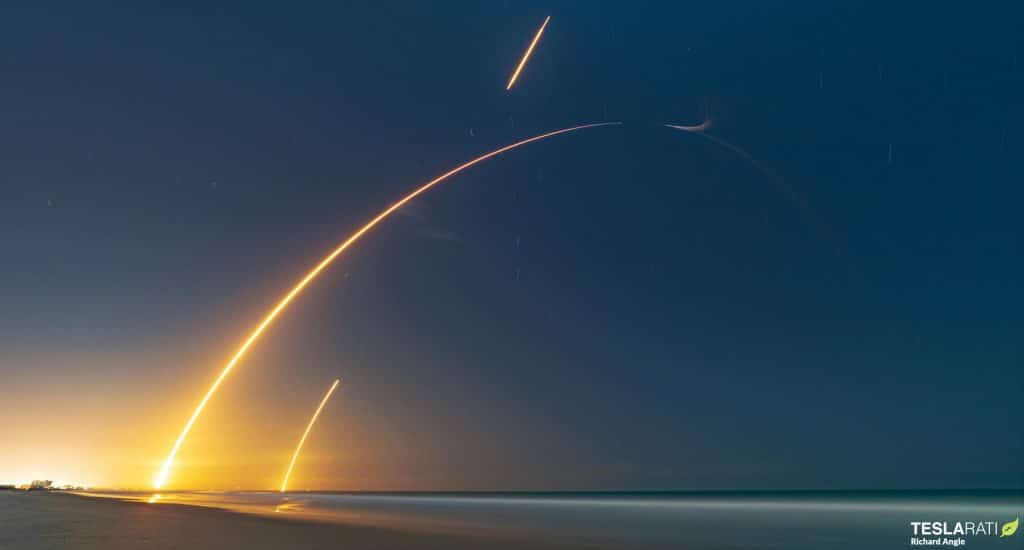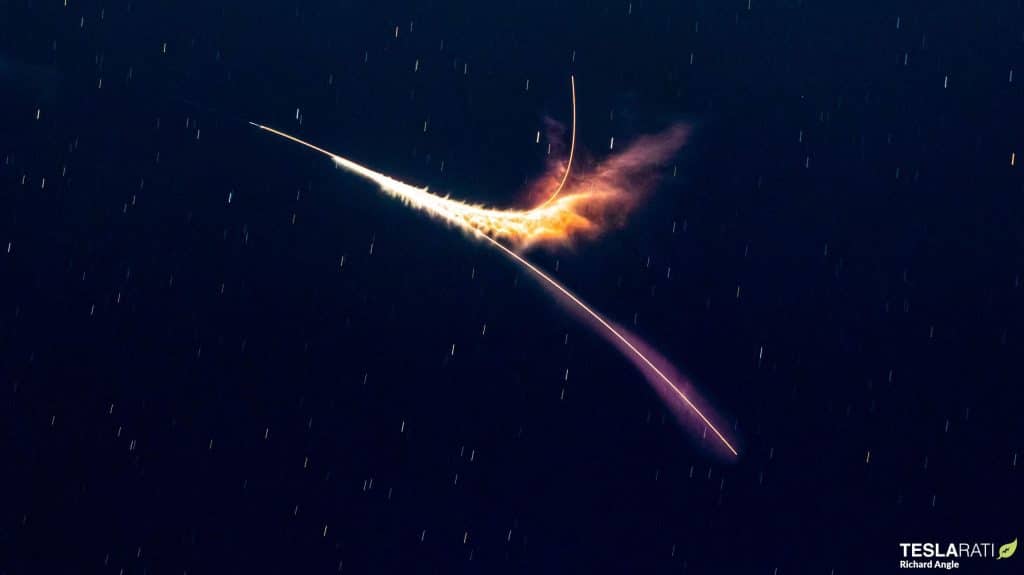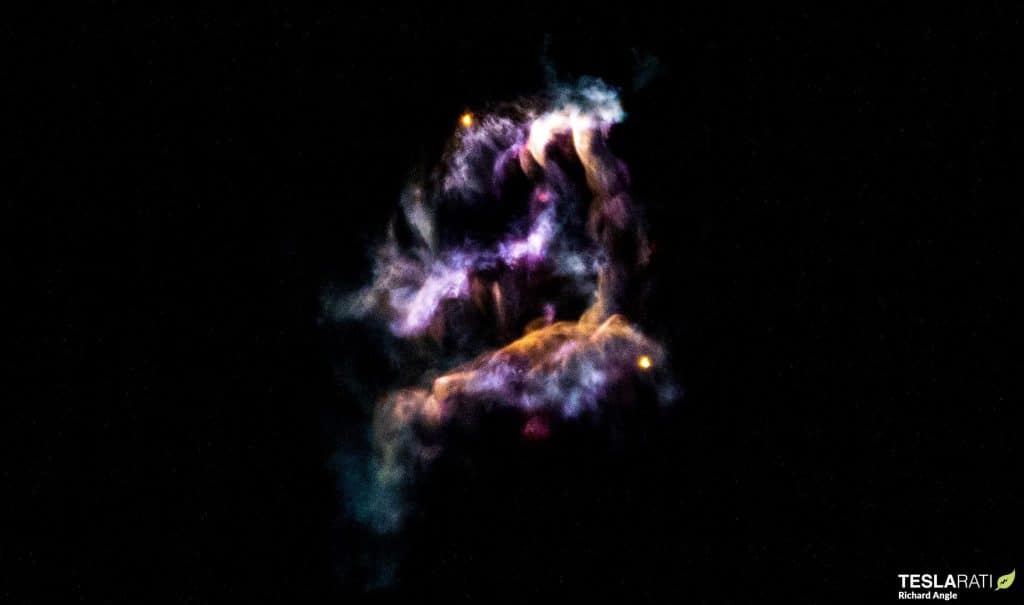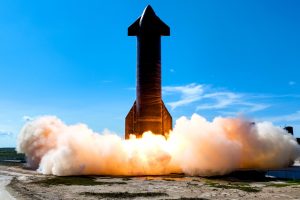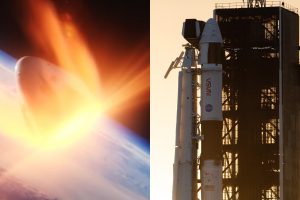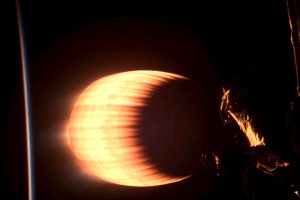A SpaceX Falcon 9 rocket has successfully launched a privately-developed Japanese Moon lander and a NASA Jet Propulsion Laboratory cubesat on their way to lunar orbit.
Following five back-to-back delays that pushed the launch from November to mid-December, Falcon 9 lifted off with Japanese startup ispace’s first HAKUTO-R Moon lander on December 11th, kicking off a multi-month journey that will take the spacecraft more than 700,000 miles (1.1M km) away from Earth. It’s not the first time SpaceX has launched a mostly commercial Moon lander, and it won’t be the last. SpaceX’s first Moon lander launch happened in February 2019, when Falcon 9 launched Israeli company SpaceIL’s Beresheet Moon lander as a rideshare payload on Indonesia’s PSN-6 geostationary communications satellite. Beresheet failed just a minute or two before touchdown, but the attempt was still a historic step for commercial spaceflight.
Just shy of three years later, SpaceX has launched another private Moon lander. Unlike Beresheet, which made its way to the Moon from geostationary transfer orbit (GTO), HAKUTO-R was Falcon 9’s main payload, allowing the rocket to launch it directly into deep space. A Jet Propulsion Laboratory (JPL) cubesat that missed a long-planned ride on NASA’s first Space Launch System (SLS) rocket also joined the Moon lander as a Falcon 9 rideshare payload.
Approximately four months from now, both spacecraft will reach the end of similar low-energy ballistic transfer trajectories, at which point they will have limited opportunities to enter lunar orbit and continue their missions. Reaching that checkpoint will require several successful orbital correction maneuvers and enough longevity to survive months in deep space, unprotected by Earth’s magnetic fields.
If they make it that far, HAKUTO-R will conduct several more burns to reach low lunar orbit (LLO), where ispace will verify the spacecraft’s health and eventually attempt a soft landing on the Moon. A privately-developed spacecraft has never landed on an extraterrestrial body, so the prestige at stake is about as high as it can get. If JPL’s Lunar Flashlight spacecraft [PDF] survives its journey, it will enter a near-rectilinear halo orbit around a point of gravitational equilibrium (Lagrange point) between the Earth and Moon. Once on station, it will spend most of its time 9000 kilometers (~5600 mi) away from the Moon but occasionally fly within 15 kilometers (~9 mi) of the surface. Under JPL’s nominal mission plan, Lunar Flashlight will complete at least ten week-long orbits and use an infrared laser instrument to search for water ice in permanently-shadowed Moon craters during each close approach.

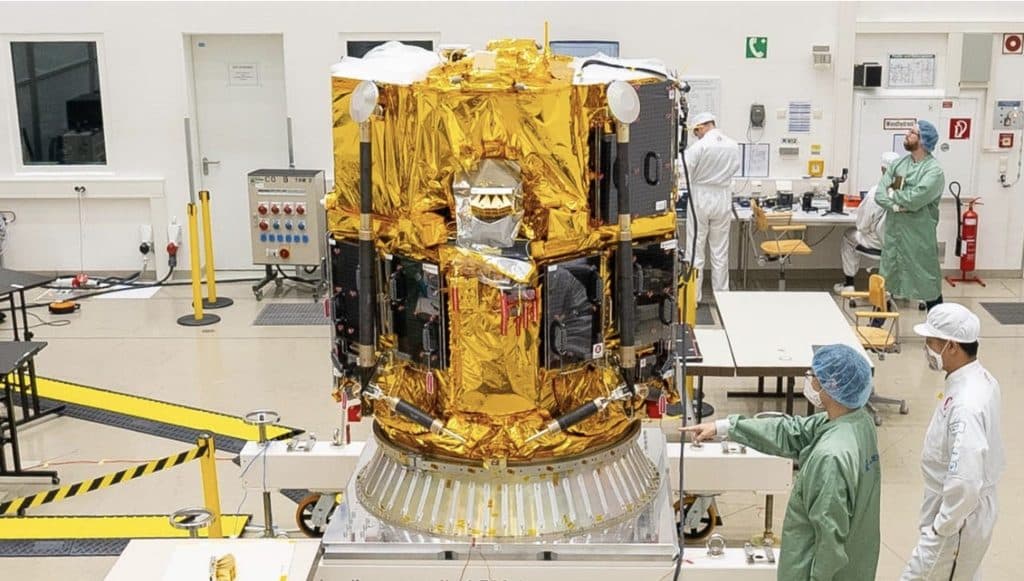
Without context, both missions seem to complement each other well, and it’s not hard to imagine an alternative scenario where a cubesat like Lunar Flashlight was intentionally included to prospect for ice that a lander could then target. But the JPL cubesat’s presence on ispace’s HAKUTO-R was purely by accident. Because of certain design decisions made by NASA’s Space Launch System (SLS) rocket and Orion spacecraft contractors, the giant rocket is intended to launch cubesat rideshare payloads to the Moon, but those satellites are barely accessible for the entire time the rocket is configured for its unprecedentedly slow launch campaigns.
As a result, even though SLS lifted off for the first time in November 2022, its cubesat payloads had to be ready for launch and installed on the rocket in October 2021. Out of 14 planned payloads, four – including Lunar Flashlight – weren’t ready in time, forcing them to find other ways to deep space. Ironically, that may have been an unexpected blessing, as the ten payloads that did make the deadline wound up sitting inside SLS for 13 months, much of which was spent at the launch pad. Half of those satellites appear to have partially or completely failed shortly after launch.
Because of the extremely circuitous path the NASA rocket ultimately took to reach launch readiness, JPL was able to find a new ride to the Moon and launch less than one month after SLS and its co-passengers. Unlike those copassengers, Lunar Flashlight likely spent just a few weeks installed on Falcon 9 before launching to the Moon. Additionally, the SLS launch trajectory took it more or less directly to the Moon, giving its rideshare payloads just a handful of days to troubleshoot any problems discovered. Thanks to the slower, more efficient transfer orbit SpaceX used to launch HAKUTO-R, JPL should still have opportunities to enter a nominal orbit even if Lunar Flashlight requires weeks of in-space troubleshooting – far more margin for error than most SLS copassengers received.
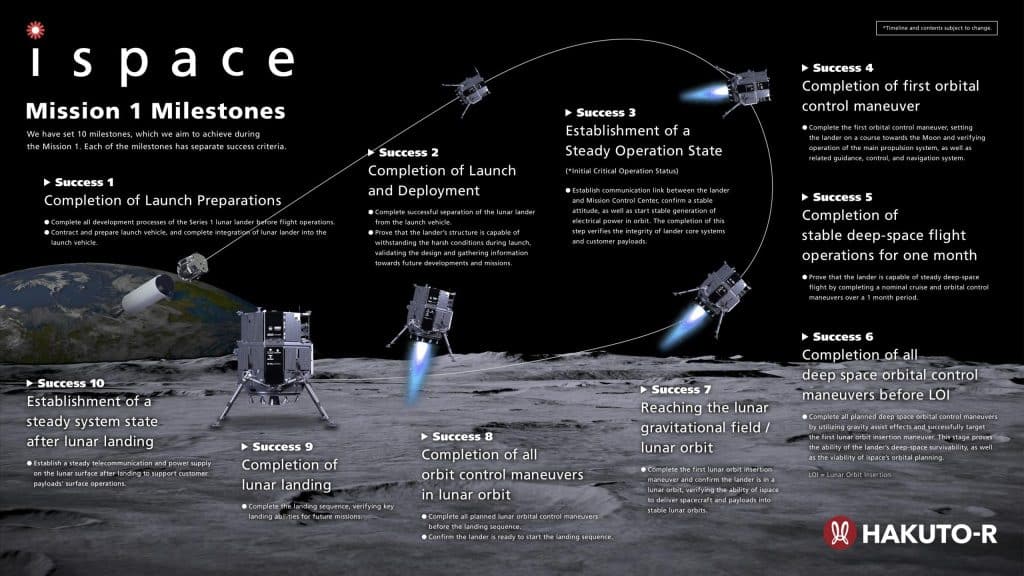
Lunar Flashlight weighs about 14 kilograms (~31 lb) at liftoff, features two sets of solar arrays, and packs a first-of-its-kind chemical propulsion system designed to deliver up to 290 m/s of delta-V – a ton of performance for such a small satellite. HAKUTO-R weighs closer to 1.1 tons (~2400 lb) and is a far more capable spacecraft, in theory – a necessity to land softly on the Moon. At ispace’s request, Falcon 9’s low-energy ballistic transfer orbit reduced the lander’s performance requirements, but it will need roughly 2000-2500 m/s of delta-V to enter lunar orbit and land on the lunar surface.
On December 12th, ispace confirmed that HAKUTO-R is in excellent shape around 24 hours after liftoff. ispace says the lander has secured stable communications, a stable orientation in space, and positive power generation from its solar arrays. An ispace infographic indicates that the spacecraft will enter lunar orbit around mid-April if all goes to plan. With HAKUTO-R in a stable state, the next most important near-term milestone will be the successful use of its propulsion and navigation systems. The startup hopes to demonstrate smooth deep space operations, including routine trajectory correction maneuvers, within one month of launch.
HAKUTO-R was SpaceX’s 56th successful launch of 2022 and the company’s second direct Moon launch this year after sending South Korea’s KPLO orbiter to the Moon in August.
